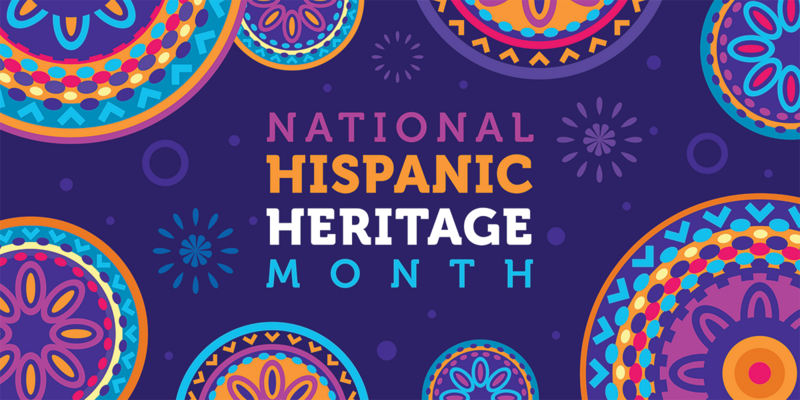
Every year between September 15th and October 15th, the achievements of millions of Hispanic and Latinos are celebrated throughout the United States. Hispanic Heritage Month highlights important contributions, achievements, and the heritage of Hispanic and Latino people.
Understanding Hispanic and Latino Terms
What do the terms Hispanic or Latino mean? While some may use both of these terms interchangeably, they actually have two different meanings. Hispanic refers to people that originate from Spanish-speaking countries, while Latinos are people who descend from Latin-American countries and whose language is not necessarily Spanish. There is also Latinx, which is a gender-neutral term used to replace Latino or Latina when referring to a person of Latin-American descent. It is also a term that embraces all genders and sexualities.
Mental Health in the Hispanic and Latino Community
Within this attempt to recognize Hispanic and Latin Americans there must also be an increase in disability awareness, especially with the mental health concerns of these individuals and their communities. The CDC estimates that about 1 in 6 of individuals with disabilities in the United States is of Hispanic origin.
There are many barriers that this group faces when discussing mental health accessibility. Cultural upbringings can stigmatize mental health, often encouraging them to simply “get over” the difficult emotions that they may be experiencing. This silence is made up of the range of experiences that have led to mental health conditions, which include immigration, cultural assimilation, trauma and generational conflicts.
Additionally, the Hispanic and Latin American community face institutional and systemic barriers that may get in the way of accessing mental health services when they need it the most. Luckily, culturally centered resources for mental health are on the rise and can benefit members of the diverse group of Hispanic and Latino communities.
What are some mental health resources for the Hispanic and Latino community?
The National Alliance on Mental Illness (NAMI) reports that only about 34 percent of Hispanic and Latin Americans get treatment for mental illness, more than 10 percent lower than the country’s average. They provide a bilingual presentation designed to increase mental health awareness by touching on topics such as anxiety disorders, bipolar disorder and depression. They also share useful tips on how to talk about mental health and reduce the stigma, how to achieve recovery and provide additional resources.
Mental Health America (MHA) does work at both the national and local level to increase awareness about mental health and advocate for early intervention. They distribute materials that help to bridge the gap in knowledge and normalize the conversation of mental health in the Hispanic and Latino community.
LULAC’s Latino’s Living Healthy (LLH) is a program that was designed to help reach the community across the country to discuss health discrepancies via education and knowledge to those who may otherwise not have access.
As Hispanic Heritage Month continues, my hope is that disability advocates in the community will continue to encourage and work towards breaking the stigma of mental health and work towards normalizing it. By continuing to provide education and resources within the communities, there can be an increase in the number of people who get services.